What Are Common Symbols Associated with the Evil Eye Meaning?
The evil eye is a fascinating subject steeped in cultural history and surrounded by intriguing symbols. Whether you’re familiar with it or just discovering this age-old concept, understanding the symbols commonly linked to the evil eye can be both enlightening and enjoyable. In this FAQ style blog, let’s delve into these symbols and uncover their meanings together.
What is the Evil Eye?
The evil eye is a belief that certain individuals can cause harm or misfortune to others through their gaze or even their envy. It’s a concept found in many cultures worldwide, often viewed as a malevolent force that requires specific measures to counteract or protect against.
This concept is deeply rooted in various cultures, with its essence believed to stem from the power of envious or ill-intentioned glances. People in ancient societies believed the evil eye could bring misfortune, illness, or even death to the recipient. Such beliefs led to the development of various protective symbols and charms.
While it may seem like a simple superstition, the fear of the evil eye has influenced numerous aspects of cultural practice, art, and religion. Many societies developed rituals and protective amulets to shield against this malevolent force, creating a wealth of symbolic traditions that endure to this day.
The Nazar Boncugu: A Classic Symbol
The Nazar Boncugu, also known as the evil eye bead, is perhaps the most universally recognized symbol. Originating in the regions surrounding Turkey and Greece, this blue and white eye-shaped amulet is thought to protect against the evil eye’s harmful influence.
These beads are often crafted by artisans who imbue them with cultural significance and traditional artistry. Their vibrant blue color is believed to be especially effective in absorbing and deflecting the negative energies associated with the evil eye.
From tiny beads worn as jewelry to large plaques hung in homes, the Nazar Boncugu can be found in a multitude of forms. Each one serves as a constant reminder of the cultural heritage it embodies and the protection it offers against unseen malevolent forces.
Hamsa: A Protective Hand
Another powerful symbol associated with protection from the evil eye is the Hamsa. This open hand symbol, often adorned with an eye in the center, is prevalent in Middle Eastern and North African cultures and represents strength, protection, and blessings.
The Hamsa hand is not just limited to a single representation, but can vary significantly in style and meaning. Often, it features intricate designs and may incorporate symbols of faith specific to the wearer, such as Jewish or Islamic motifs.
In addition to its protective qualities, the Hamsa is said to bring good fortune and happiness. Its versatility and rich symbolism make it a popular choice for both spiritual and aesthetic purposes, adorning everything from jewelry and clothing to home decor.
Omamori: Japanese Talisman
Omamori are Japanese amulets that serve a protective function, including safeguarding against evil spirits. Though not solely dedicated to warding off the evil eye, they embody a similar protective spirit across cultures.
Featuring beautiful, ornate fabric pockets, these talismans are often found in Shinto shrines and Buddhist temples across Japan. They are imbued with spiritual significance and the intent to protect their bearer from harm and misfortune.
Omamori are highly personalized and can cater to various life aspects such as health, fortune, and love. They are meaningful gifts shared between friends and family, often representing the hope for continued well-being and protection.
Evil Eye Tattoos and Modern Adaptations
In today’s world, many people incorporate the evil eye into tattoos, jewelry, and art as a personal touchstone against negativity. These adaptations highlight the symbol’s lasting relevance and its versatility in modern expressions of belief.
Modern adaptations of evil eye designs often blend traditional motifs with contemporary aesthetics, creating unique and personalized representations. This blend allows individuals to connect with ancient traditions while expressing their own personal narratives.
The growing popularity of evil eye imagery in fashion and home decor underscores its universal appeal. It serves as a stylistic choice, a cultural nod, and a spiritual anchor, all rolled into one compelling package that continues to captivate hearts across the globe.
Final Thoughts on the Symbols of the Evil Eye
Exploring the symbols related to the evil eye reveals a rich tapestry of cultural beliefs and practices. These symbols serve not only as protective devices but also as carriers of tradition and identity. By understanding them, we gain insights into how different cultures perceive and guard against negative influences.








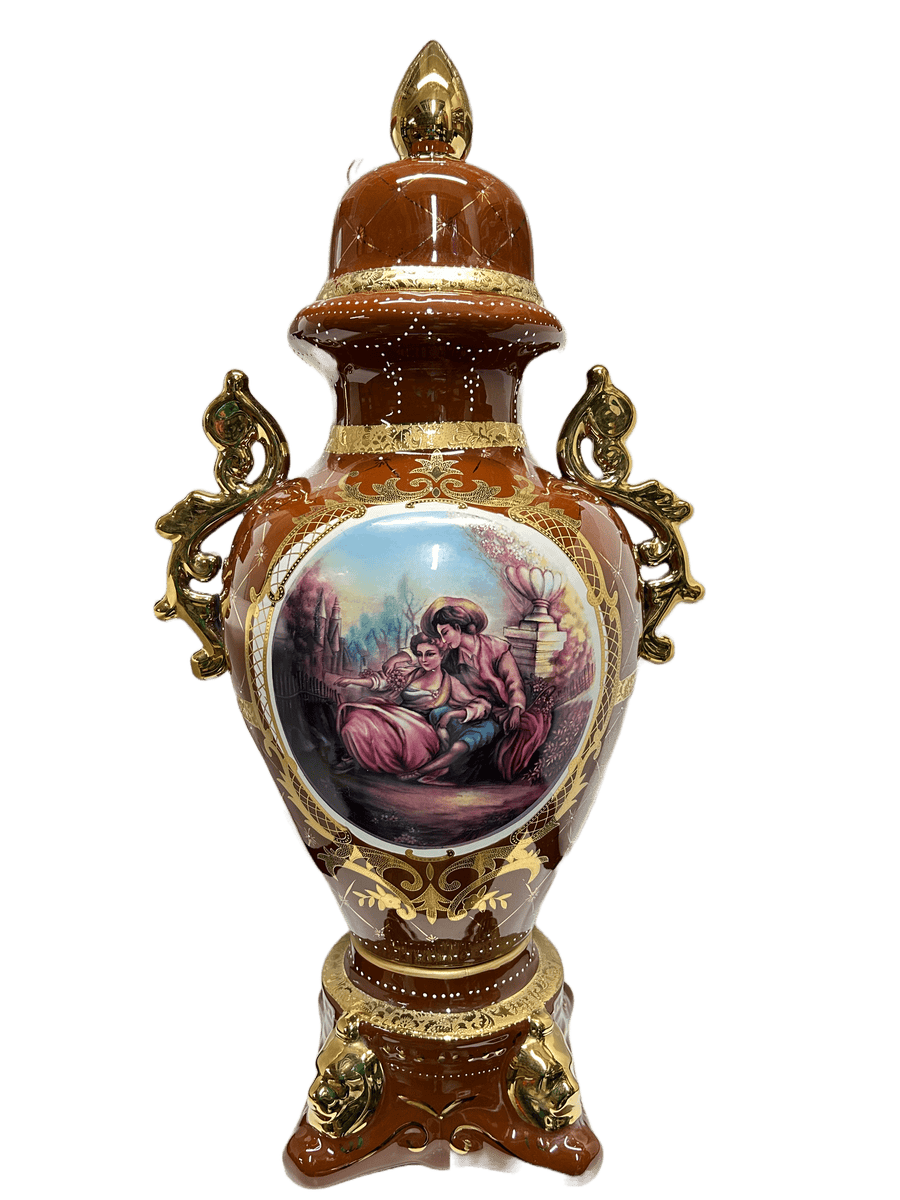
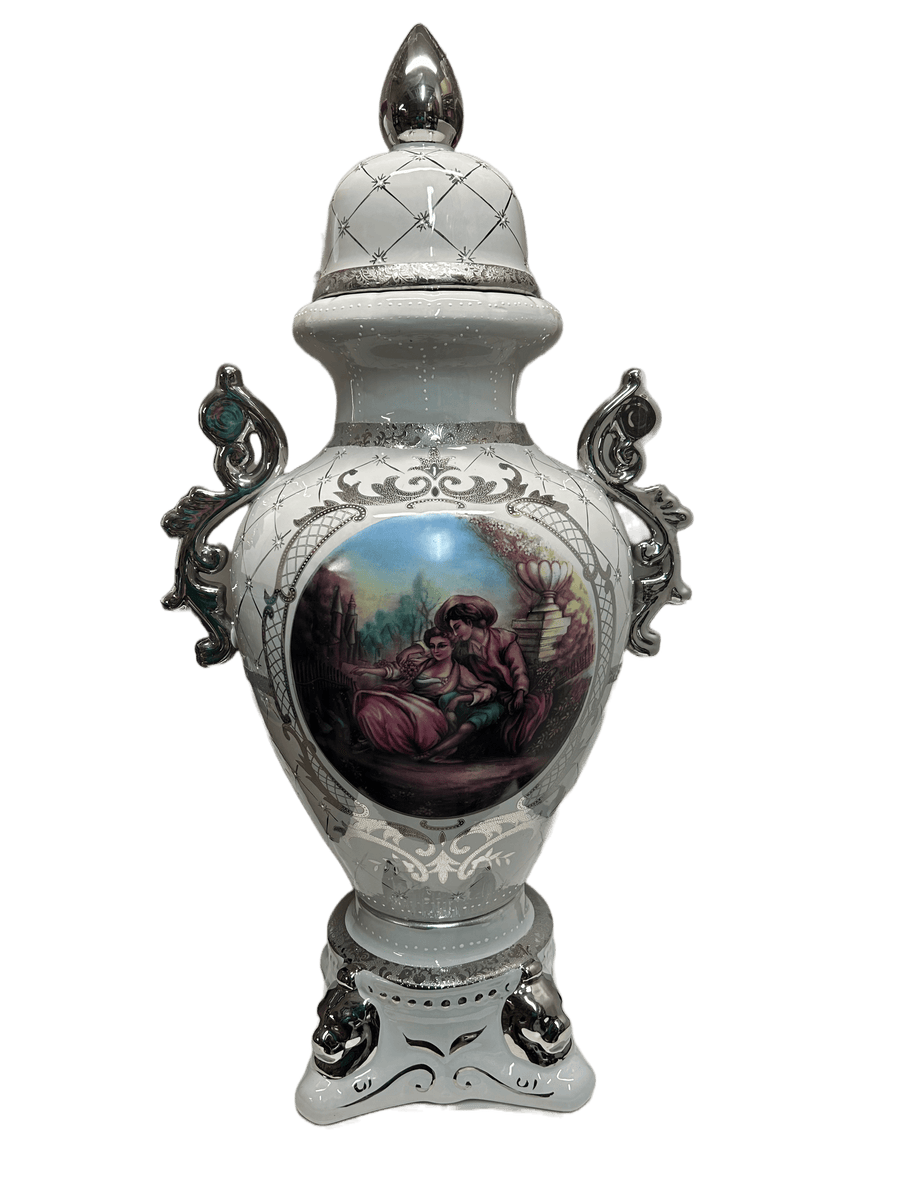
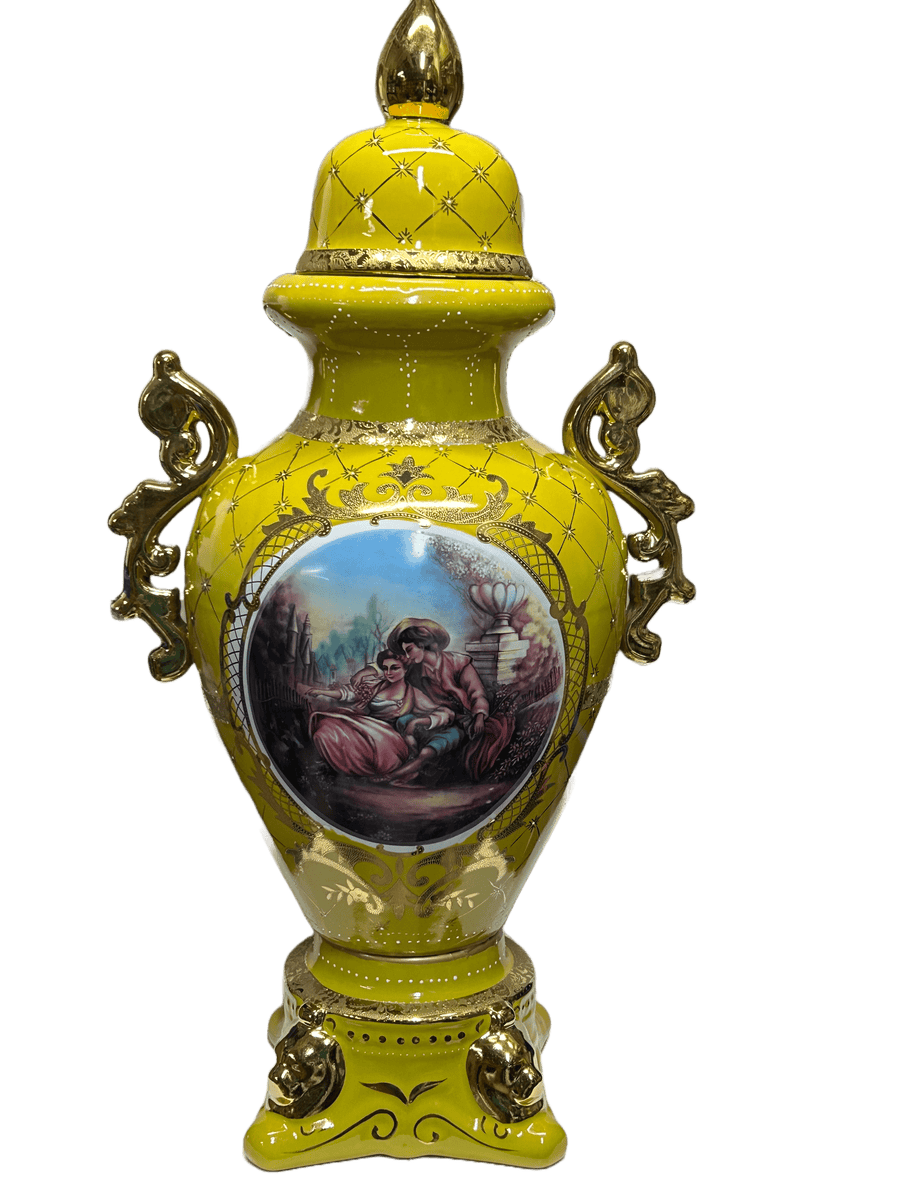

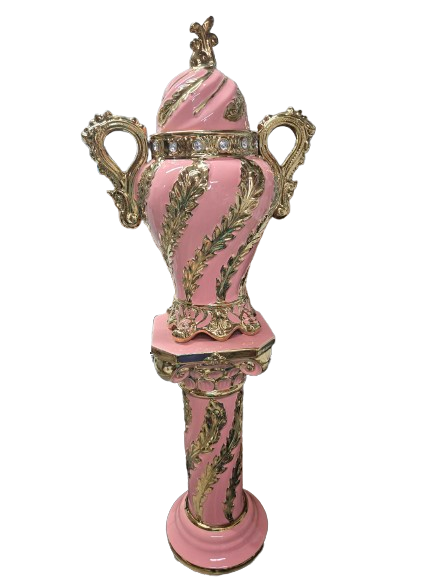

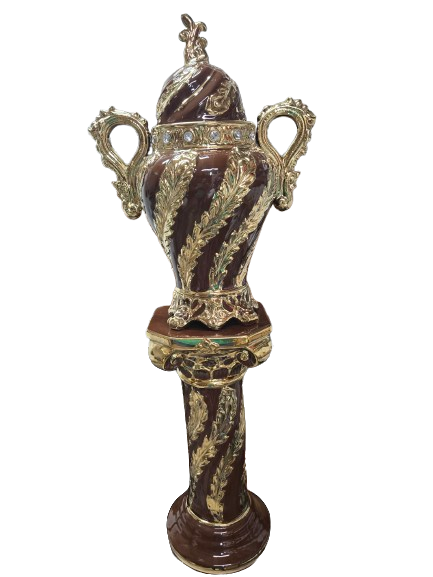
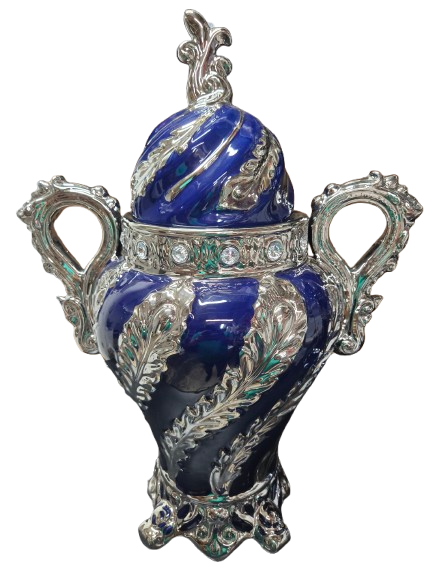
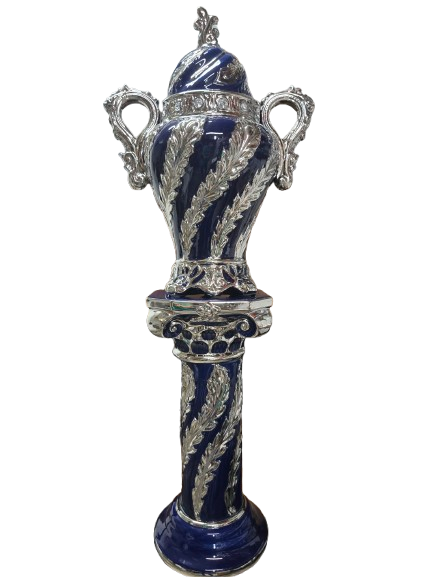

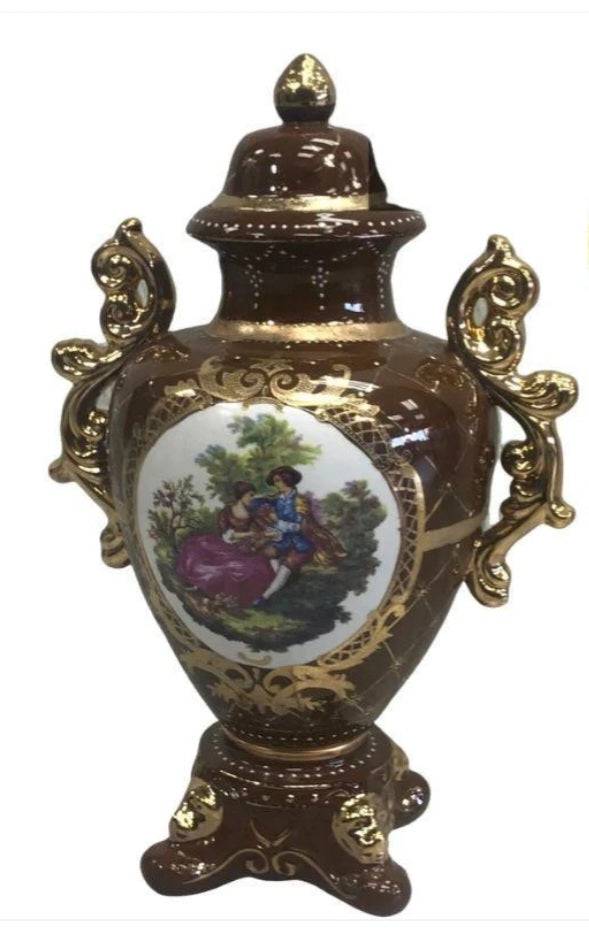
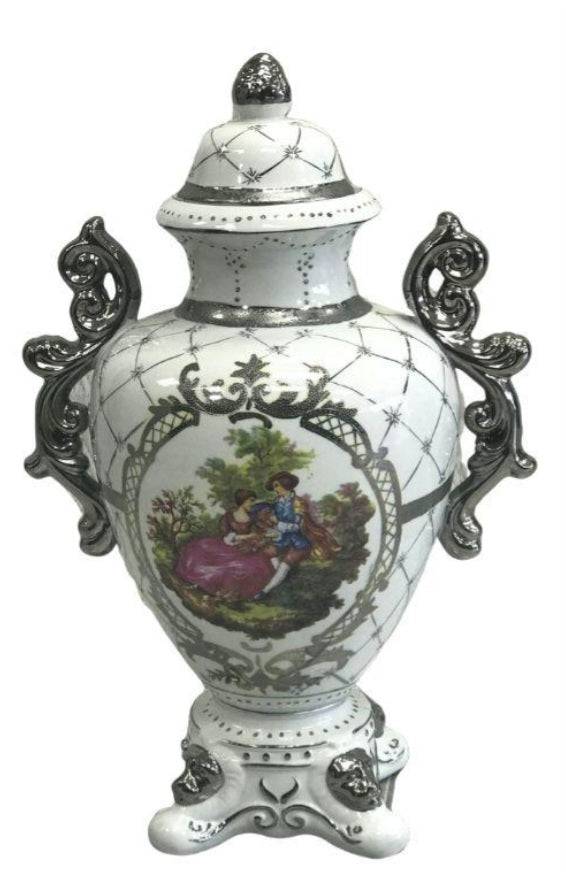



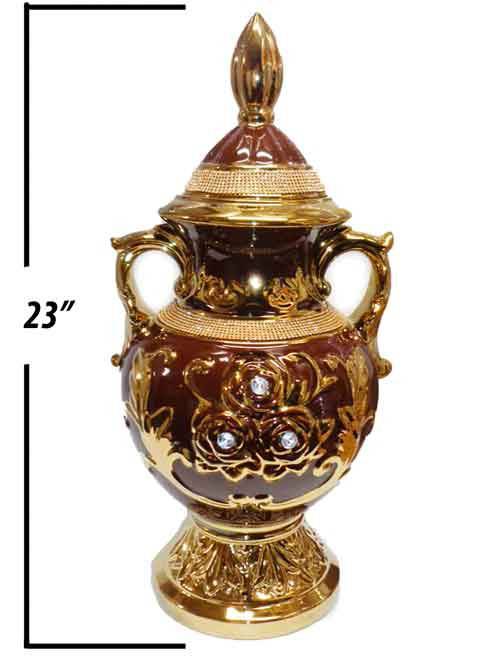


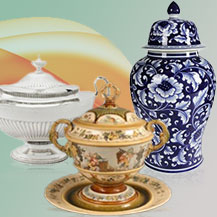
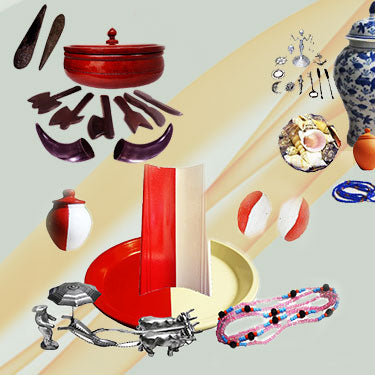


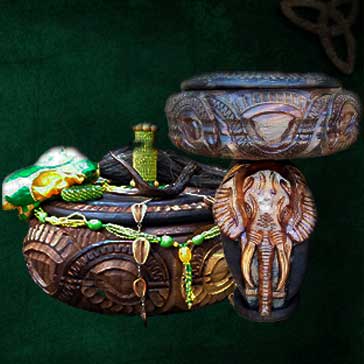


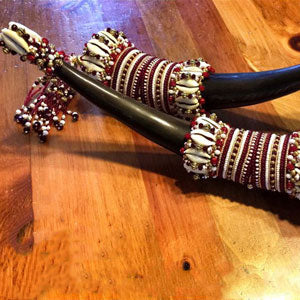
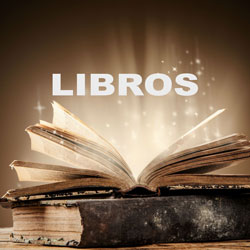


Dejar un comentario